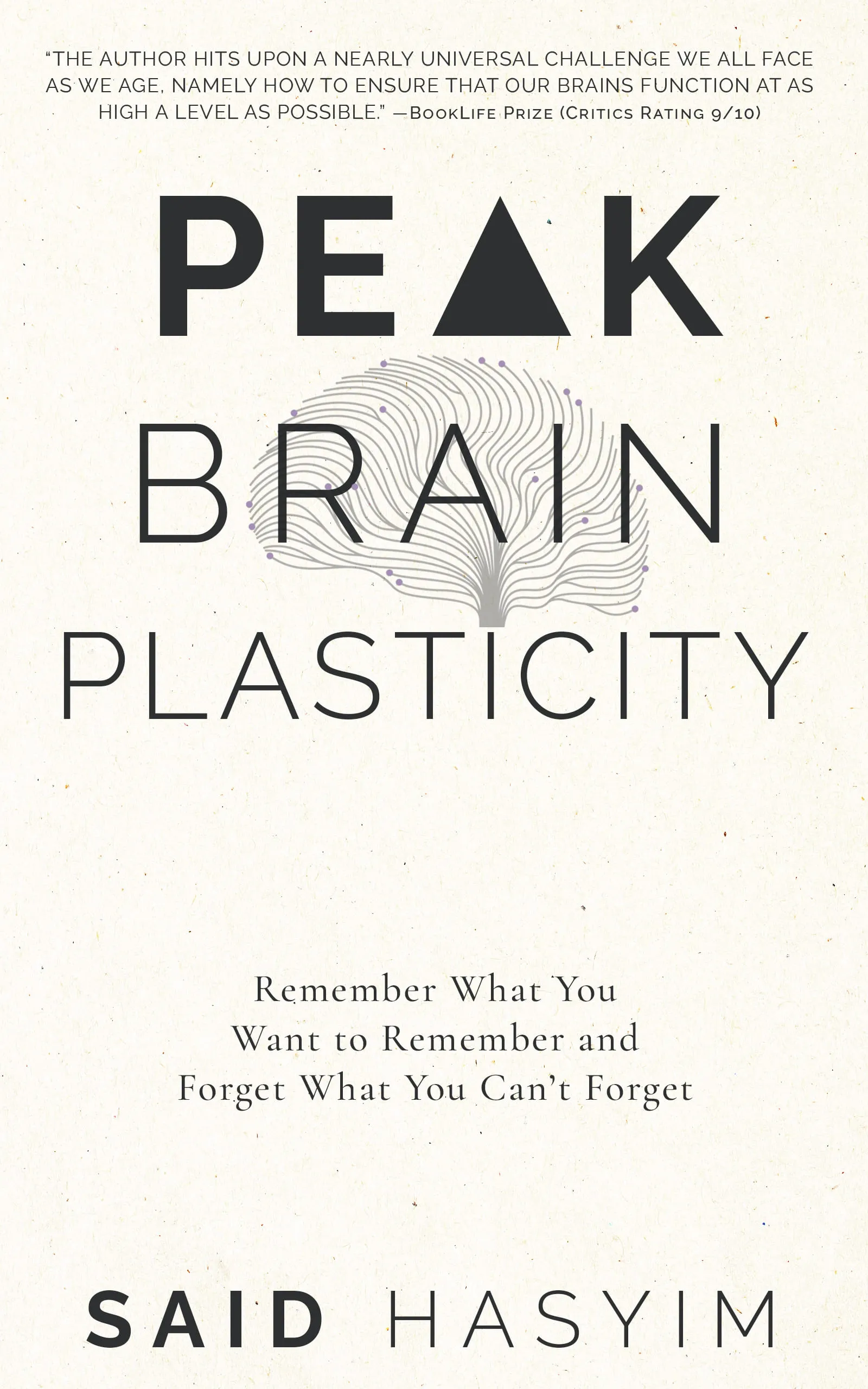How Visual Aids Improve Memory and Learning Efficiency
In an age where information is at our fingertips, the manner in which we process and retain knowledge has never been more crucial. One of the most powerful tools for enhancing memory and learning efficiency is the use of visual aids. Whether you are a student, a professional, or simply a lifelong learner, understanding how visual aids can bolster your learning experience is essential. In this blog post, we’ll delve into the science behind visual aids, various types of visual aids, their psychological impact, and practical tips for incorporating them into your learning routine.
The Science Behind Visual Aids
Visual aids enhance understanding and retention in several ways. Cognitive psychology research shows that our brains are wired to process visual information more efficiently than auditory or textual information. This phenomenon is often attributed to the dual coding theory proposed by Allan Paivio in the 1970s. According to this theory, our memory works better when information is encoded in both verbal and visual formats.
1. Dual Coding Theory
Dual coding theory posits that combining verbal and visual information exploits two distinct cognitive systems: one for verbal processing (language-based) and another for visual processing (imagery-based). When learners engage both systems, they create richer memories that are more easily retrieved later.
2. The Picture Superiority Effect
Evidence supports that images are more memorable than words, known as the picture superiority effect. Studies show that people are more likely to remember information when it's presented visually rather than through text alone. This is why educational materials that incorporate visuals often lead to better retention and recall.
Types of Visual Aids
Visual aids are varied and can be tailored to specific learning styles or content. Here are some common types:
1. Diagrams
Diagrams such as flowcharts, mind maps, and infographics can simplify complex information by showcasing relationships and hierarchies clearly. They can help you visualize processes or concepts, making them easier to understand.
2. Graphs and Charts
Graphs and charts transform numerical data into visual representations, making it easier to identify trends and comparisons. For example, a bar chart or line graph can illustrate changes over time, facilitating a quicker grasp of important information.
3. Videos and Animations
Multimedia presentations that incorporate video or animation provide dynamic learning experiences. They can illustrate concepts that are difficult to convey through text alone, such as scientific processes, historical events, or complex theories.
4. Images and Photographs
Images can evoke emotions and stimulate interest, which can enhance memory retention. Including relevant images alongside text can make the learning material more engaging and relatable.
5. Slideshows and Presentations
Presentations often combine various visual aids, making them versatile tools for both teaching and learning. They guide the audience's attention and provide a structured way to present information.
Psychological Impact of Visual Aids
The use of visual aids has psychological benefits that enhance learning efficiency:
1. Improved Engagement
Visual aids capture attention and maintain interest. They break the monotony of textual information, allowing for a more engaging learning experience.
2. Enhanced Understanding
Well-designed visuals clarify complex concepts, allowing learners to grasp ideas more readily. They can bridge the gap between abstract theories and tangible realities.
3. Reduced Cognitive Load
Visual aids can help reduce cognitive overload by simplifying information. When learners are not overwhelmed by too much information at once, they can process and retain knowledge more effectively.
4. Emotional Connection
Visually appealing aids can foster an emotional connection to the material being learned. This connection can enhance motivation and commitment to the learning process.
Incorporating Visual Aids Into Your Learning Routine
To effectively use visual aids in enhancing your learning efficiency, consider the following tips:
1. Identify Your Learning Style
Understanding your learning style—whether you're a visual, auditory, or kinesthetic learner—can help you choose the most effective visual aids. Experiment with different types to find what resonates with you.
2. Create Your Own Visuals
Instead of relying solely on existing materials, create your own diagrams, mind maps, or flashcards. The act of creation reinforces memory through active involvement.
3. Use Technology
Leverage technology to access a wide range of visual aids. Apps like Prezi, Canva, or various mind mapping software offer tools to create engaging visual content seamlessly.
4. Combine Visuals with Text
When studying or presenting, strike a balance between visual and textual content. Use visuals to complement, not replace, written material.
5. Practice Retrieval with Visual Aids
Regularly revisit your visual aids to reinforce memory. Test yourself on the information represented visually without looking; this will enhance recall and solidify your understanding.
6. Be Mindful of Overloading
While visuals are powerful, avoid overcrowding your visuals with unnecessary information. Maintain clarity and simplicity to maximize understanding.
Conclusion
In conclusion, visual aids are a crucial element of effective learning. By tapping into our brain's natural predisposition to process visual information, we can enhance memory retention, improve comprehension, and increase overall learning efficiency. Whether through diagrams, charts, videos, or your own creative efforts, incorporating visual elements into your study routine can transform how you engage with information.
So the next time you sit down to learn or teach, consider how you might utilize visual aids to bolster your understanding and enhance the experience for yourself and others. With the right visuals, learning can become not just a process, but an enjoyable journey of discovery. Happy learning!
Harness the Power of Neuroplasticity
Discover Peak Brain Plasticity, a practical book to harnessing neuroplasticity. Enhance your memory, learn new languages quickly, and alleviate anxiety with effective study methods. Uncover daily habits that impact cognitive health and explore techniques for accelerated learning and memory retention. Unlock your brain's potential for growth and transformation.
